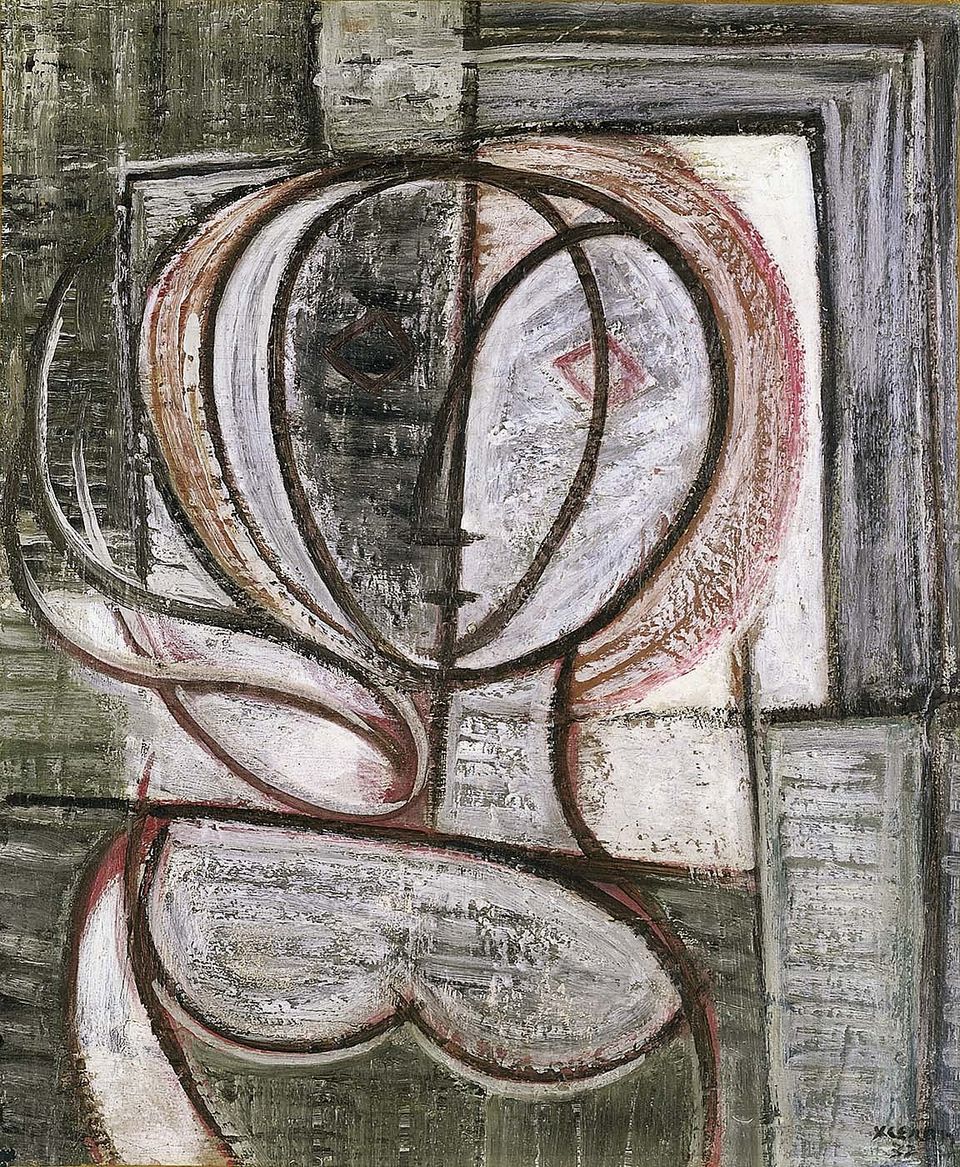

We’ve all heard the saying, ‘life imitates art’ but what about ‘films imitating art’? This is exactly what happens in Terrence Malick’s 1978 film, Days of Heaven.
Inspired by the 20th-century painter Andrew Wyeth, Malick translates the artist's magical realism onto the screen. The iconic painting Christina’s World seems to be the most notable image recreated in the movie, but Wyeth’s other artworks also find their way into the film. These include Public Sale, Winter Fields, Dodges Ridge, and November First. The bleakness as well as the magnificence of farm life in the Texas panhandle is also translated into Malick’s film.
In Days of Heaven, parallels to Wyeth’s art can be seen throughout. This is most evident during outdoor scenes where Malick frames his characters within a natural backdrop of sky, rivers, fields, sunsets and sunrises. Combined with a melodramatic score by Ennio Morricone, Malick successfully recreates Wyeth’s sense of loneliness and beauty on film. By matching the characters' sense of melancholy and emptiness with the physical landscape, Malick is not only harnessing the essence of Wyeth but also creating his own unique work of art. Malick combined the talents of cinematographer Nestor Almendros and photographer Haskell Wexler, to make a timeless personal story we could have only imagined by looking at Andrew Wyeth’s paintings
Of course Days of Heaven isn’t the only film that was inspired by a work of art. The Diane Arbus print Identical Twins, Roselle, New Jersey, 1967, seemed to have made an impression on Stanley Kubrick’s The Shining. Edward Hopper’s House by the Railroad influenced Alfred Hitchcock’s 1960 horror film Psycho. Furthermore, Hitchcock once said he viewed Norman Bates’s character as a living Edward Hopper painting. Known as the best film to translate painting onto film, however, is Stanley Kubrick’s Barry Lyndon, which Movies at SAAM will be screening on June 16th. In this film, Kubrick made it his mission to visually recreate classic 18th-century European paintings onto film. Though many films were inspired by paintings and photography, Days of Heaven and Barry Lyndon are considered two of the most beautiful films ever made because of their ability to translate classic paintings onto film.
They say imitation is the highest form of flattery. In Days of Heaven, and so many other movies, these directors are, in a way, paying a compliment to the master. To see classical art forms, such as painting and photography, recreated onto film begs the question, is film the modern art form?
Join us for a screening of Days of Heaven on Saturday, May 19, at 3pm in SAAM's McEvoy Auditorium. George Washington University’s film studies professor, Dr. David E. Wilt, will lead a post-film discussion.
The current season of Movies at SAAM will continue with Barry Lyndon on June 16, 2001: A Space Odyssey on July 21, and Taxi Driver on July 28.


















